17 Days in Indonesia: A Photography Adventure in Bug-Filled Forests and Caves

In the remote corners of the Earth, where dense forests blanket the land and trees intertwine, I spent 17 days on an exploratory adventure filled with challenges and surprises on the Indonesian islands of Seram and Kalimantan. This journey was more than just an adventure; it was a true test of patience, endurance, and love for the diversity of nature.
The story begins with a deep love for nature and its indigenous creatures. In May 2024, I began planning my adventure by reaching out to entomologists, particularly those specializing in beetles. As you may know, beetles account for a significant portion of the diversity on our planet — around 40% of discovered insects are beetles. This adventure was built around exploring the world of beetles in the mysterious forests of Seram, which took two exhausting days to reach following four flights and a sea journey (there is no airport on the island). The journey itself was an adventure.
![]()
The Adventure in Seram’s Forests In the heart of pristine nature, I stayed in an open hut overlooking the forest on one side and the ocean on the other. The first two days were spent exploring parts of the forest on the island, where we encountered a species of large spiders, which I documented, along with some common insects. Days three and four marked the real challenge. We ventured deep into the forest with a team of four, including an insect researcher. We also had to camp overnight in the heart of the forest.
![]()
The first challenge we faced was the steep terrain, as the forest was not flat but consisted of high altitudes and sharp inclines, requiring immense physical fitness. With each step, we were surrounded by challenges. As macro photographers know, capturing images requires effort and focus, especially in harsh environmental conditions. After camping on the third and fourth nights, we encountered several species of beetles, some of which were extremely rare, including the Duplipectus degroofi beetle. My research with Eastern European universities revealed that this species is only found on Seram Island. Finding it felt like discovering a hidden treasure, as we trekked no less than eight kilometers daily in harsh conditions.
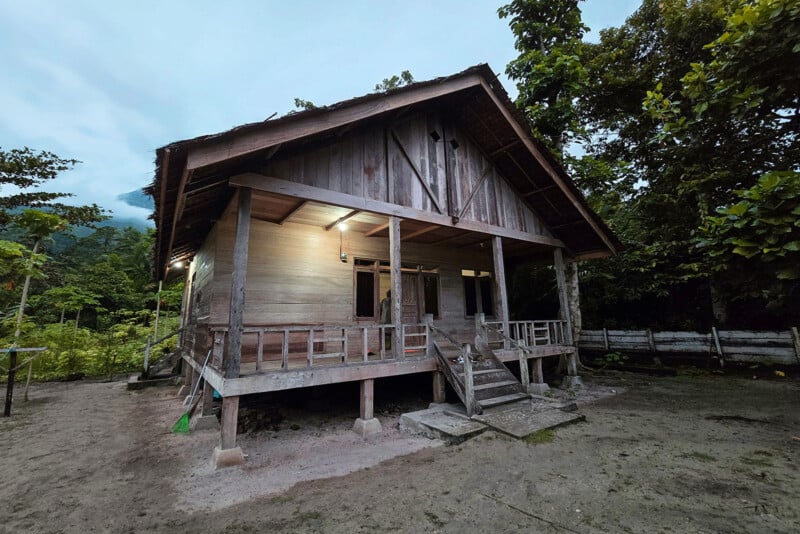
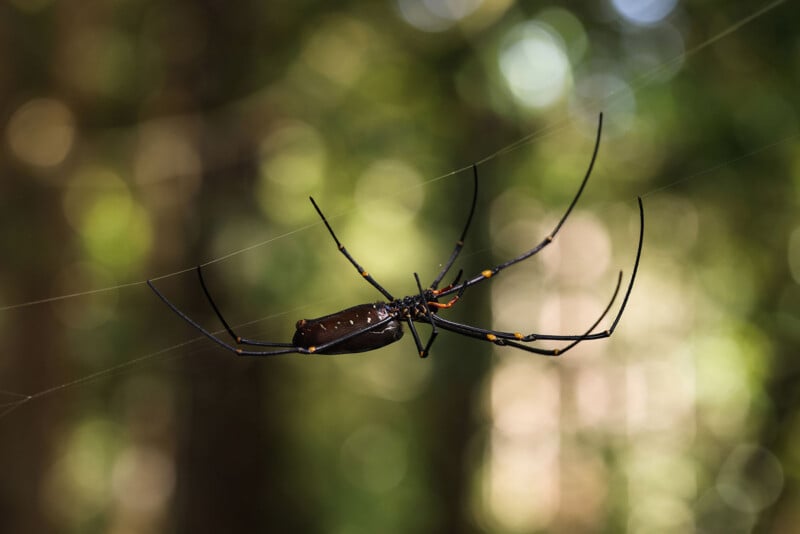
The Duplipectus degroofi beetle is one of the rarest species, making it extremely difficult to document due to its limited distribution in areas like the forests of Seram Island. This beetle is known for its small size and shy behavior, which makes it challenging to capture or study in its natural habitat.
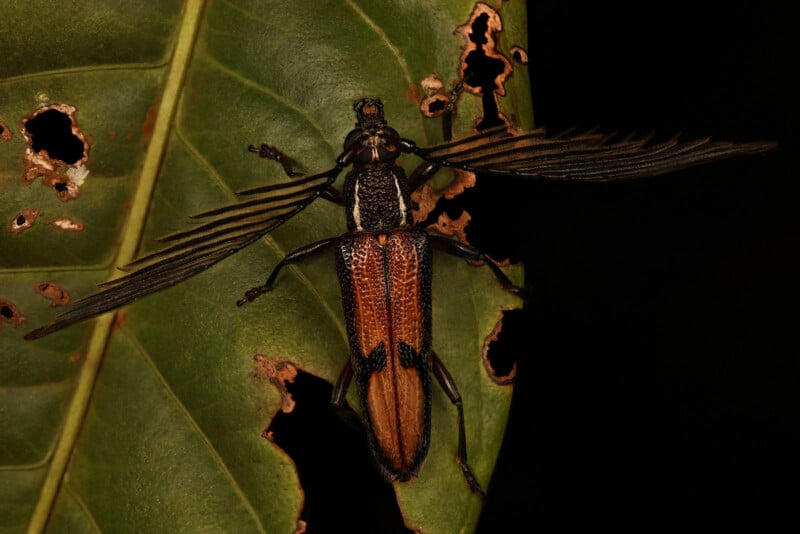
Another challenge was sleeping in the depths of the forest. I was surprised to learn that the team did not use enclosed tents but open ones due to their deep knowledge of the forest and its dangers. Despite being with researchers and specialists with experience ranging from 17 to over 30 years, we had no protection from creatures that might visit us during the night, such as snakes and venomous insects. With only four hours of sleep, the constant sound of cicadas, reaching 108.9 decibels, made it feel like nature was testing our patience. The noise was so intense that it almost drove us mad, and the lack of sleep affected our ability to navigate the following day and photograph the creatures.
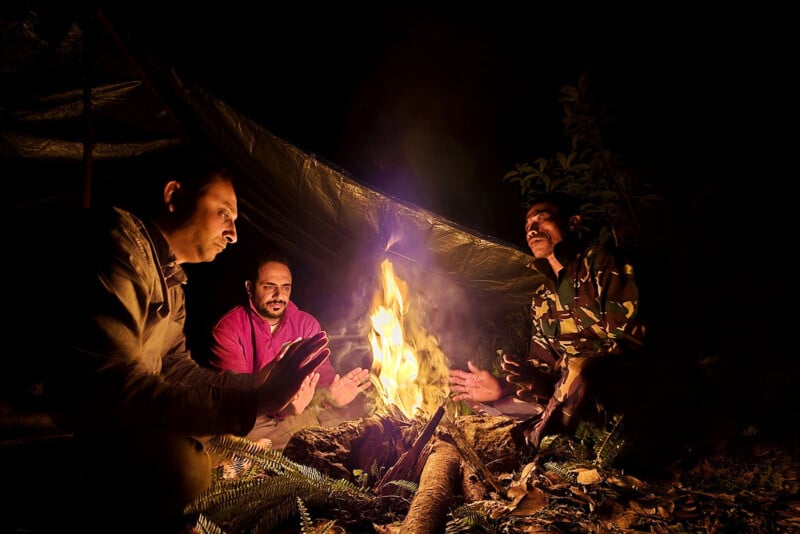
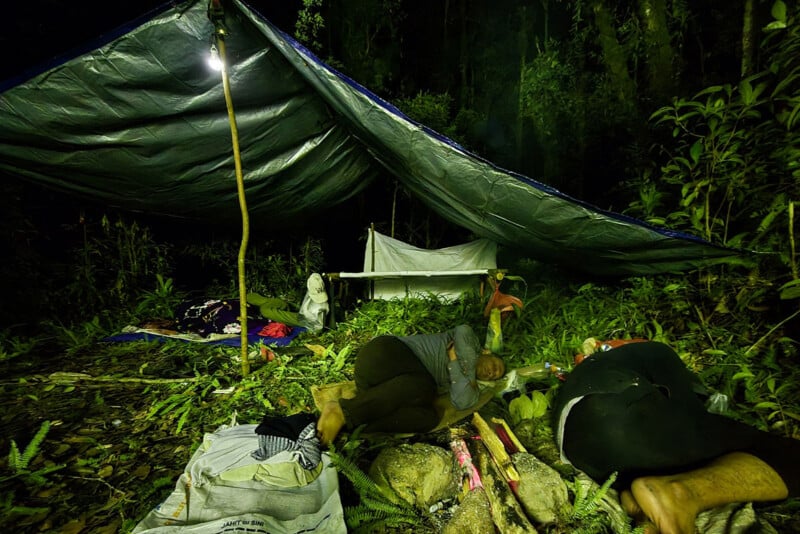
Warrior’s Rest: After five nights in the heart of the forest, we returned to the village of Salman, located between the forest and the sea. With its eerie hut inhabited by reptiles and insects at night, this village initially seemed primitive with its simple huts. However, after two nights in the depths of the forest, it felt like paradise. We spent a day recovering before heading back into the heart of the forest.
![]()
Hatusaka Cave: On days six and seven, our goal was to explore Hatusaka Cave, the deepest vertical cave in Indonesia. We had to camp another two nights in the forest to reach it. The path to the cave was arduous, and very few people had managed to reach it. After trekking for about 12 hours through the dense jungle, our team split due to an incident with my friend, a photographer. He was “bitten” by a poisonous plant. This difficult moment almost canceled the entire mission, but thanks to our experienced guide, he was treated.
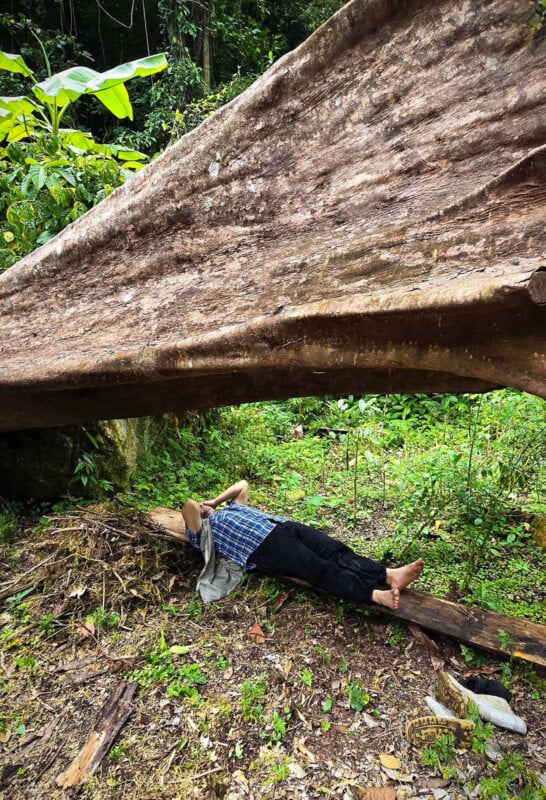
I was left with two other team members, and as we continued, one of them told me that even the island’s indigenous people dared not venture to the cave due to its danger. For a brief moment, I felt as though reaching the cave was like achieving an impossible dream. We set off early in the morning and reached the cave by 5 PM, just before sunset. It felt like a challenge beyond photographing insects, an entirely different discovery.
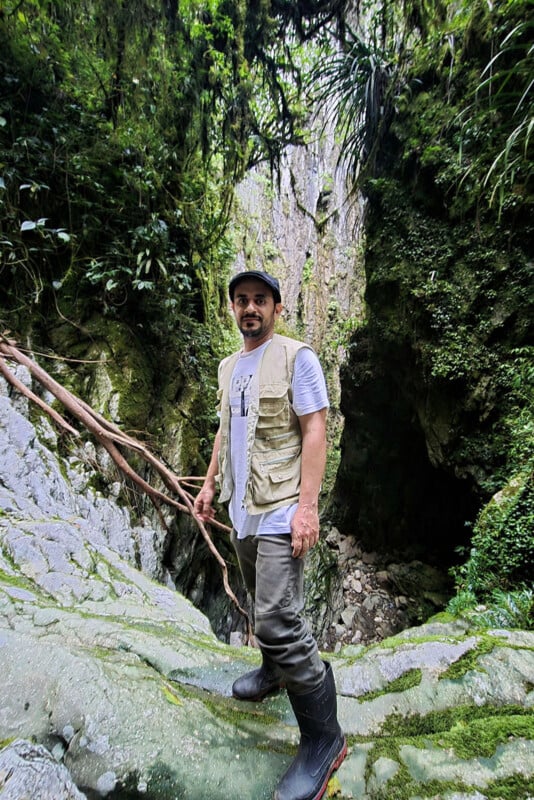
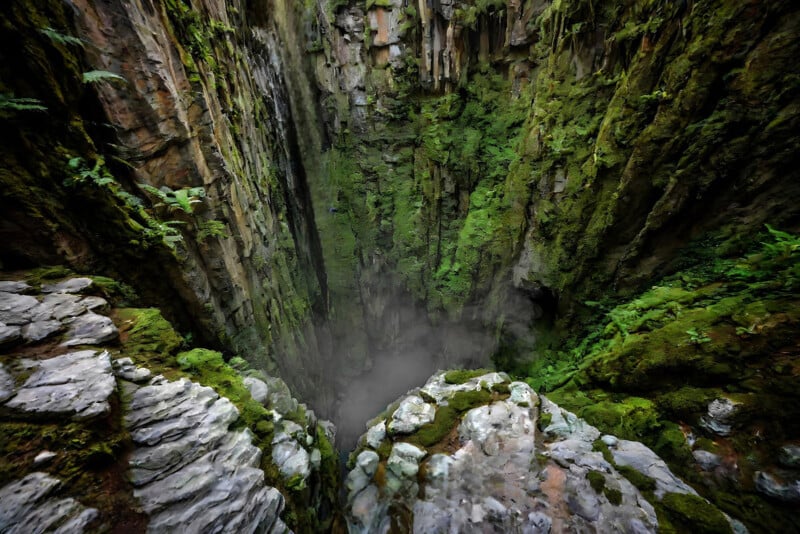
On the seventh night, we set up lights to attract various insect species and study them scientifically. It was one of the most rewarding moments of the journey, as I felt like I was in a scientific laboratory amidst nature, where fear, challenge, and the power of nature merged with knowledge and science.
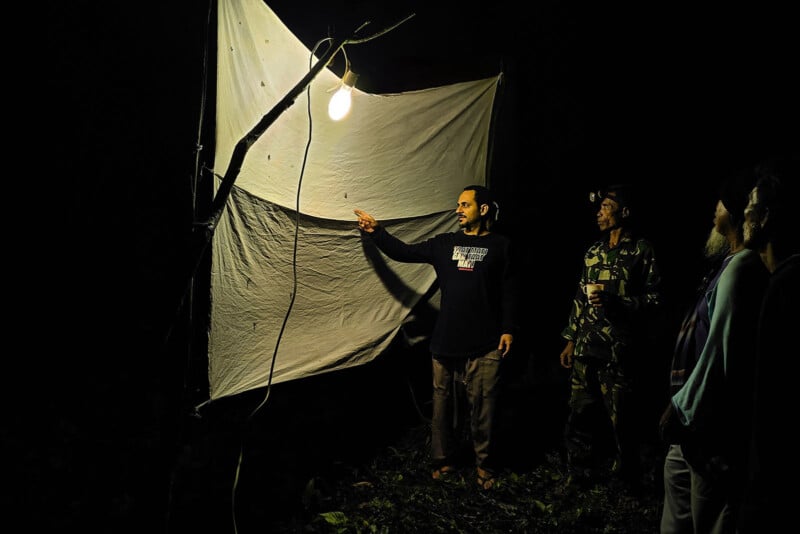
![]()
The End of the Adventure on Seram Island: On the last day, as we returned from the heart of the forest — where there was no cell phone coverage or means of communication except for a satellite phone — we encountered heavy rain. Despite being well-prepared for such conditions, the power of nature prevailed. Some of my equipment, worth over $5,500, was damaged. Thankfully, some survived.
Kalimantan’s Forests: After leaving Seram Island and traveling to Kalimantan’s forests, I felt a deep sadness, as though the mysterious island was telling me that I had not yet uncovered all its secrets. The forests of Kalimantan, though similar in duration to those of Seram, offered a different diversity. The experience in Seram made us feel as though we had already explored Kalimantan’s forests, where we encountered new species and creatures different from those of Seram.
![]()
This journey was a saga of challenge and perseverance, revealing to me nature’s power and mysterious beauty. I learned that passion and knowledge can open doors to worlds we never dreamed existed. It is a story of 17 days that will remain etched in my memory, like an inspiring film about what people face in the grandeur of nature.
![]()
The Incredible Bugs, Spiders, and Reptiles I Photographed During the Adventure
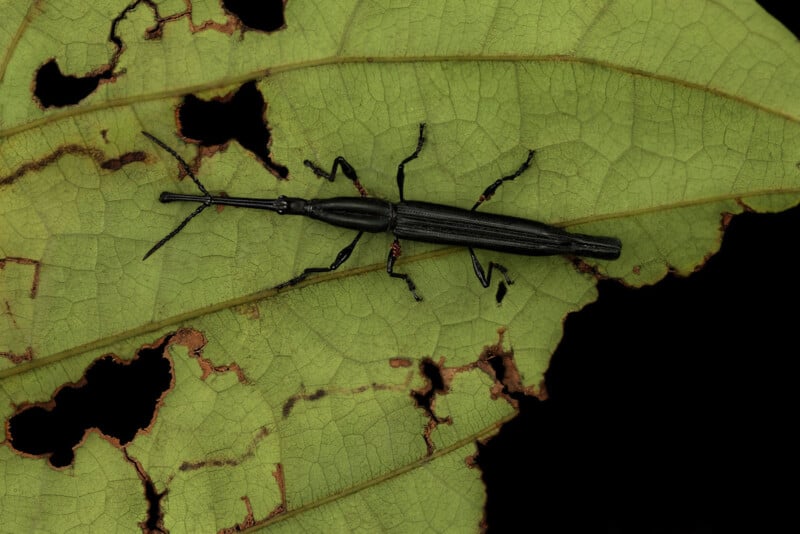
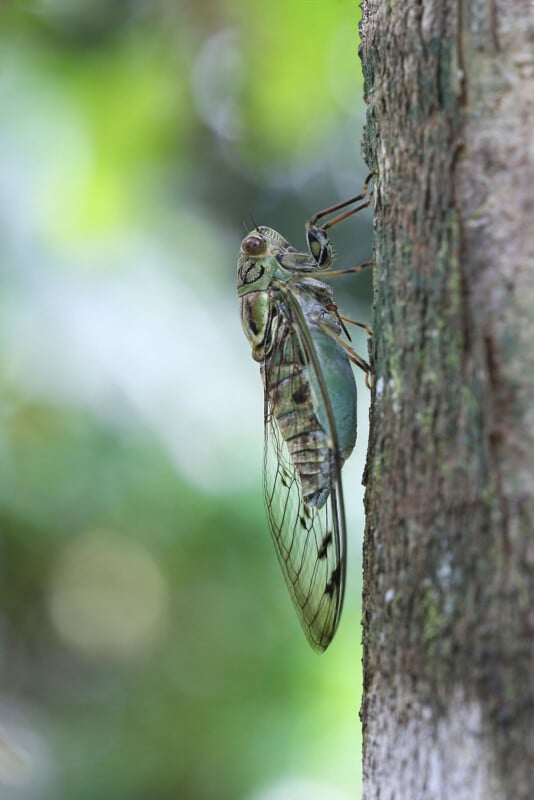
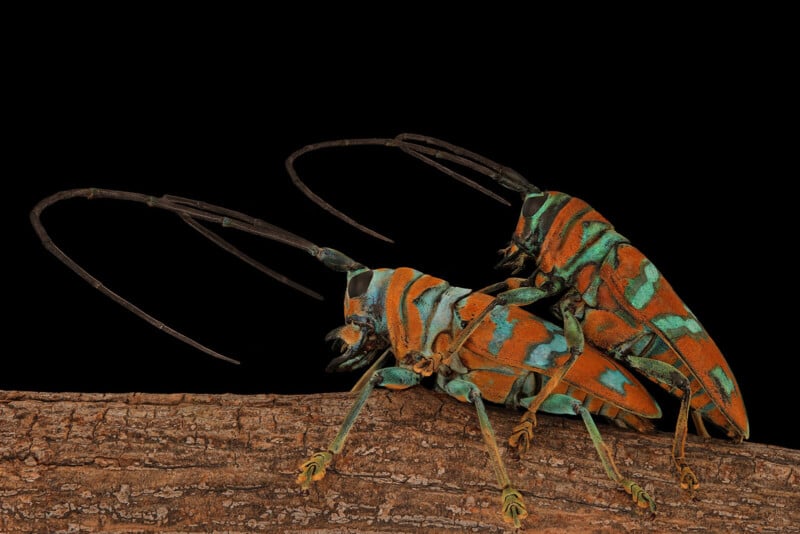
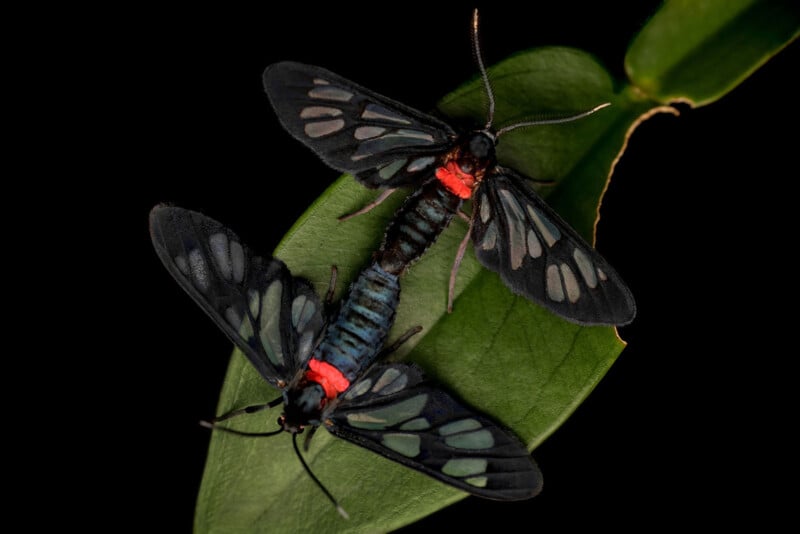
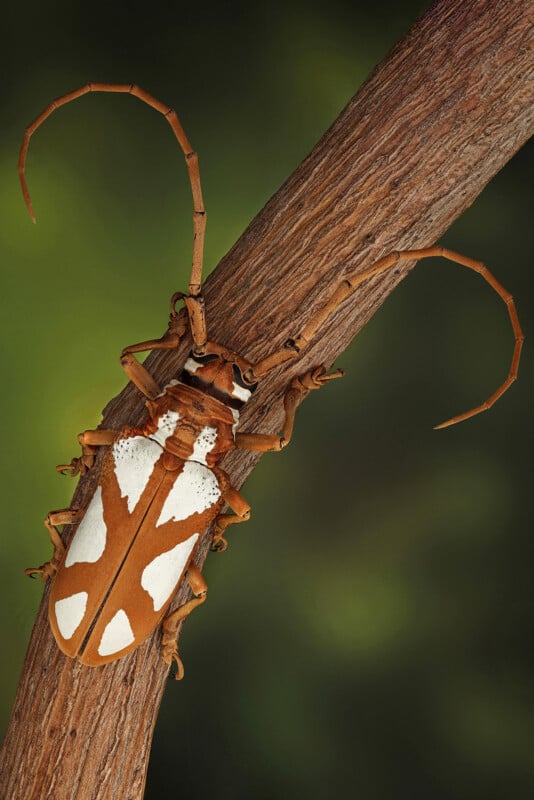

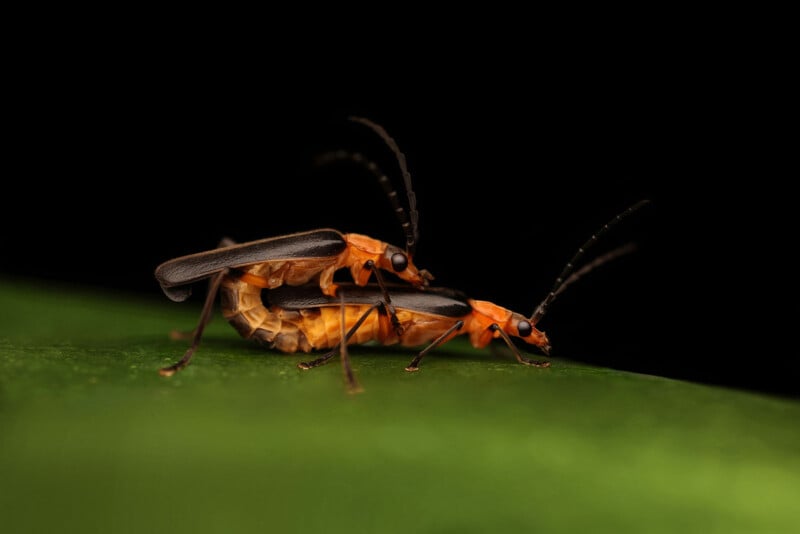
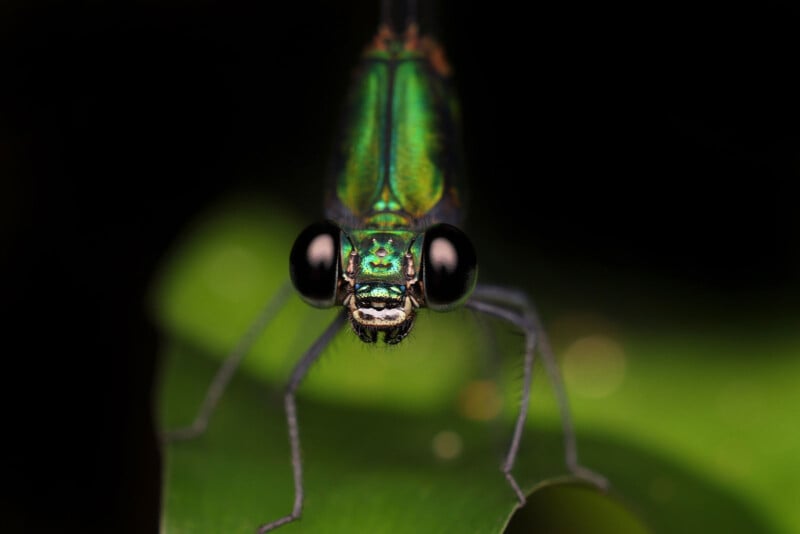
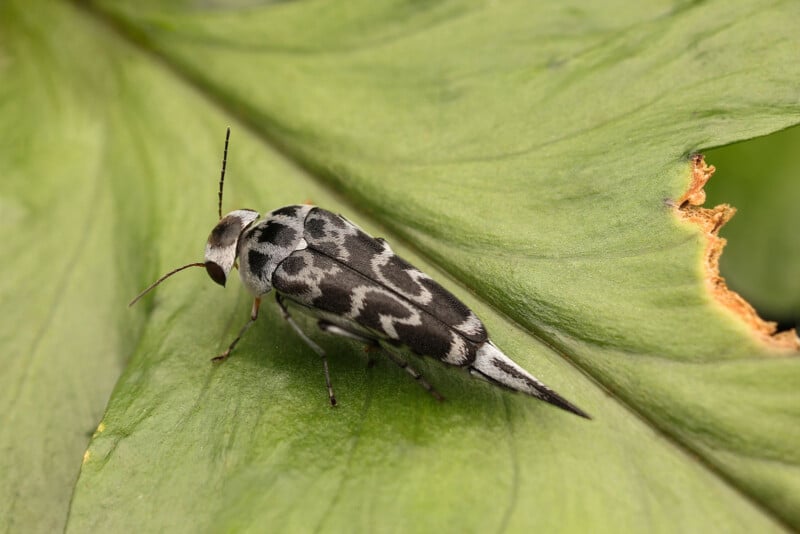

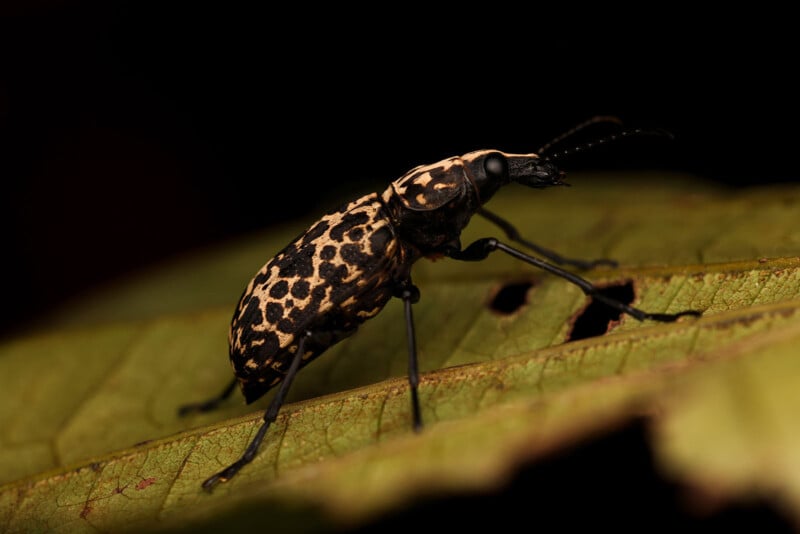
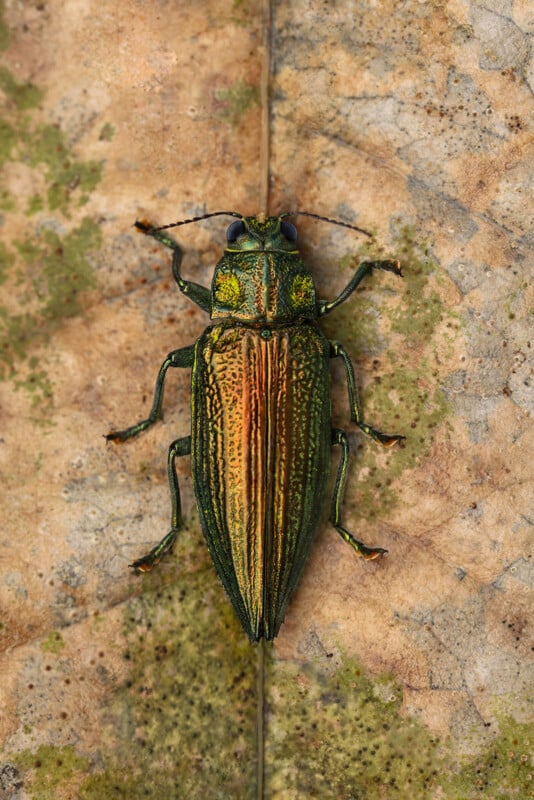
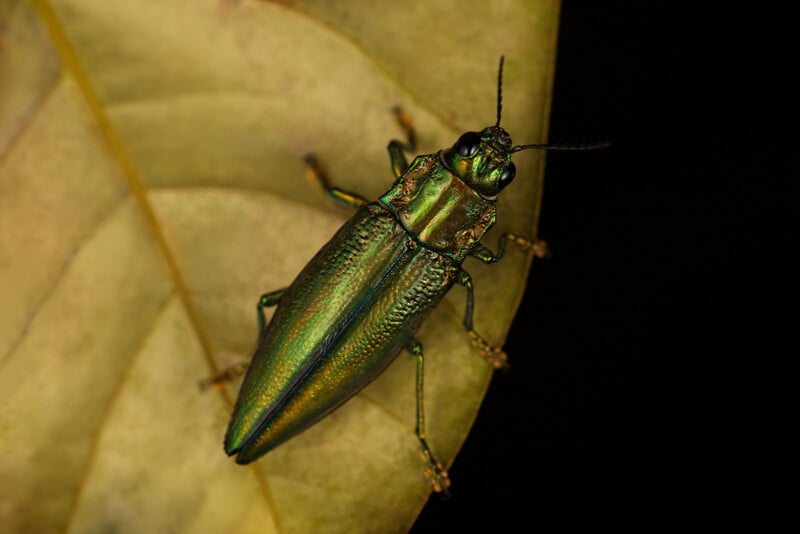
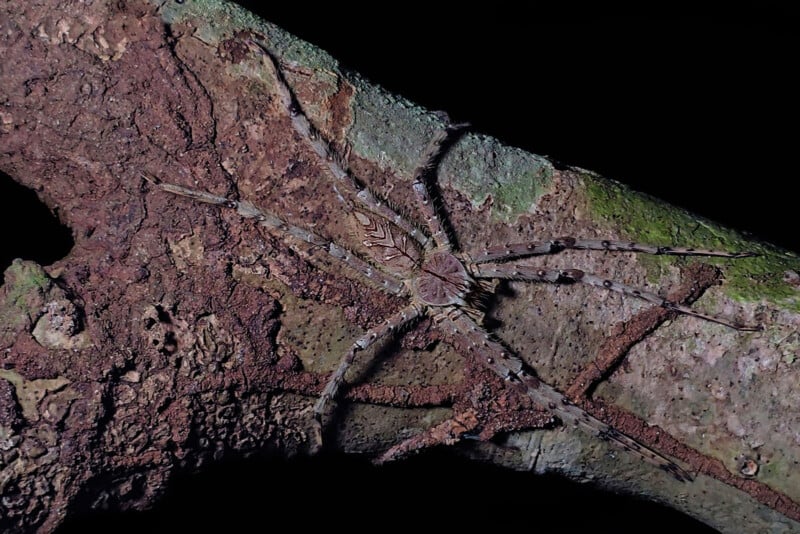
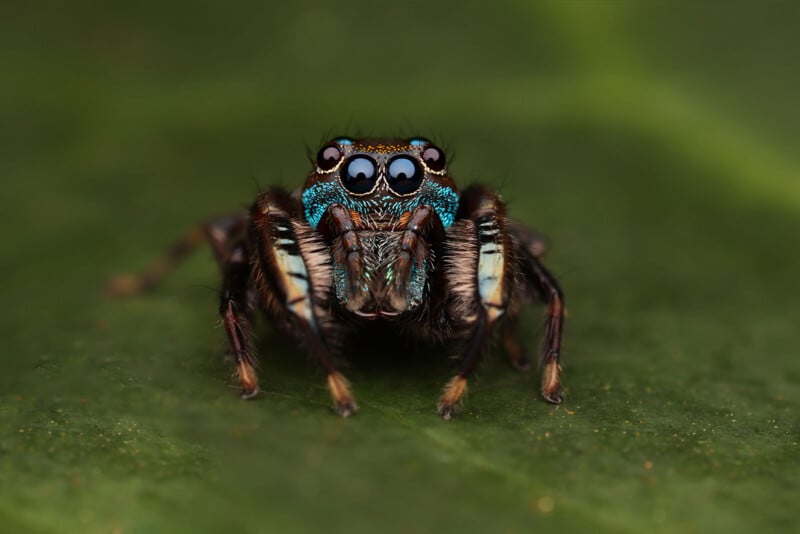
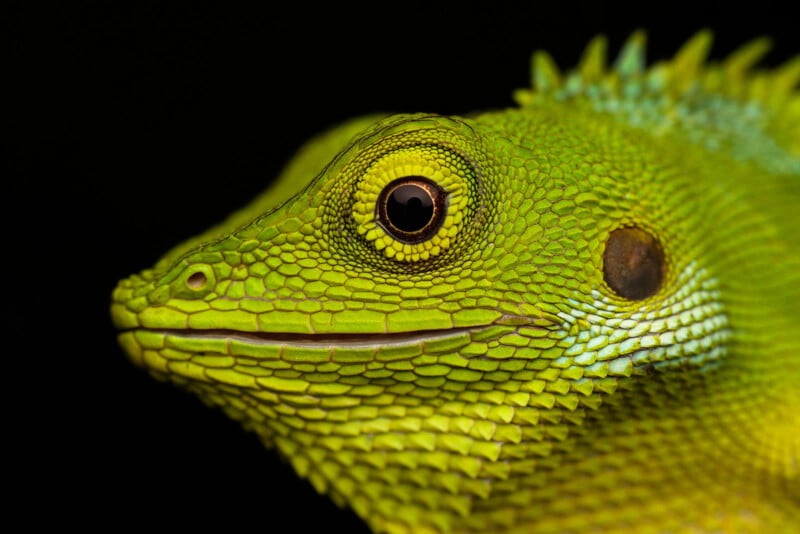
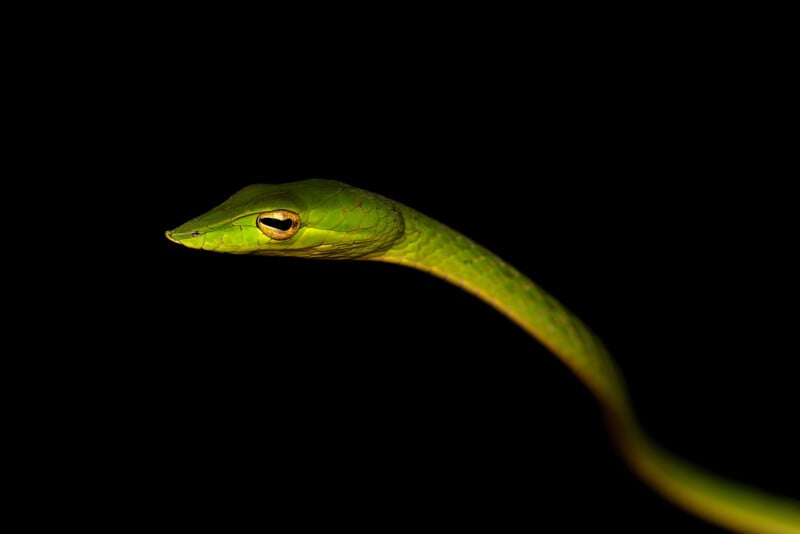
Documentary Moments and Behind-the-Scenes
![]()
![]()
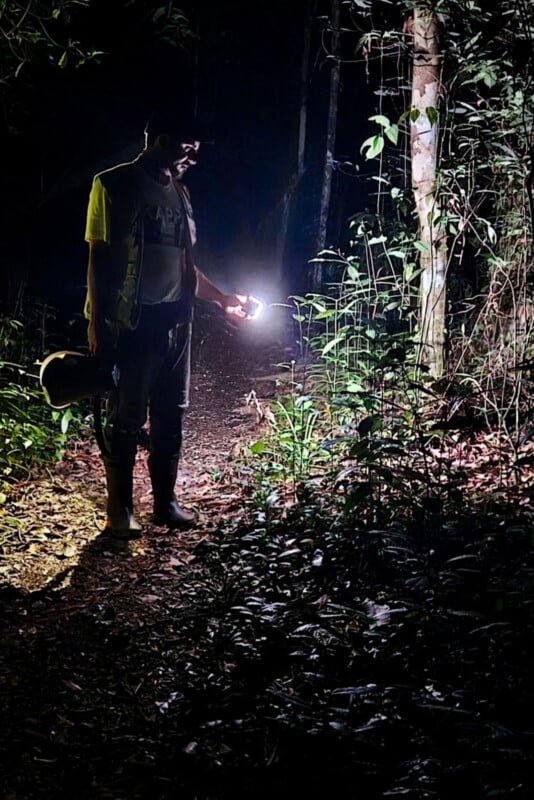

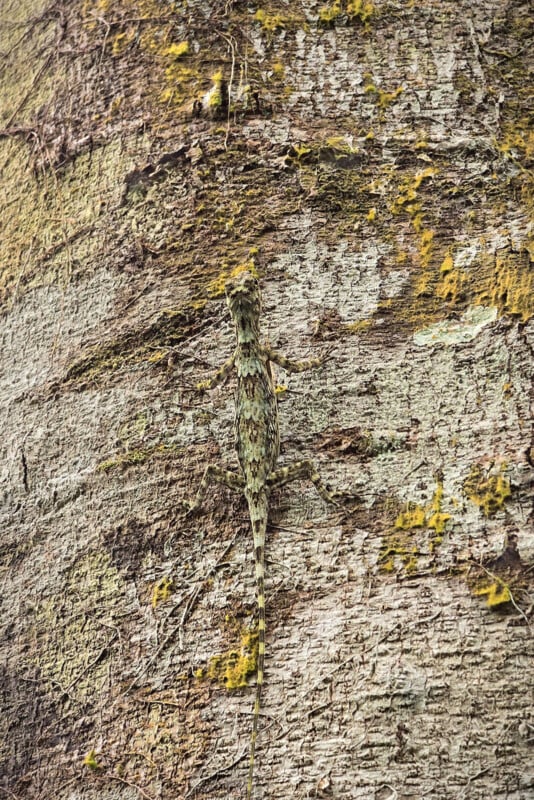
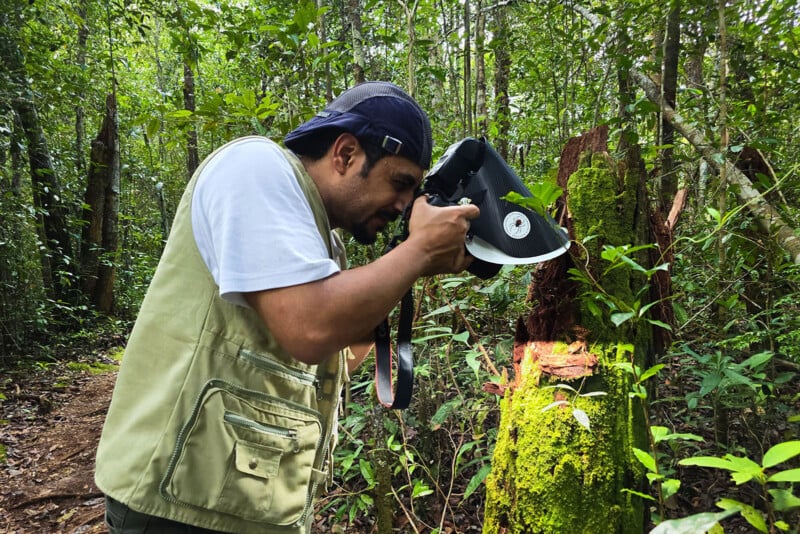
![]()
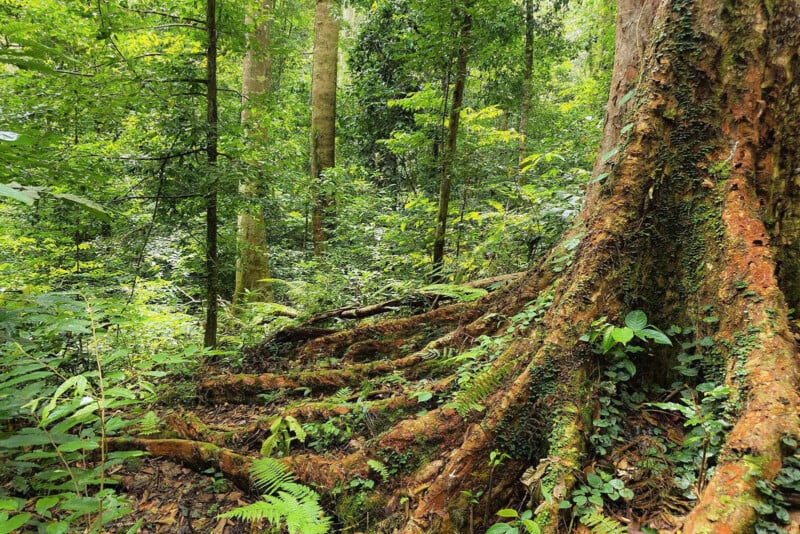
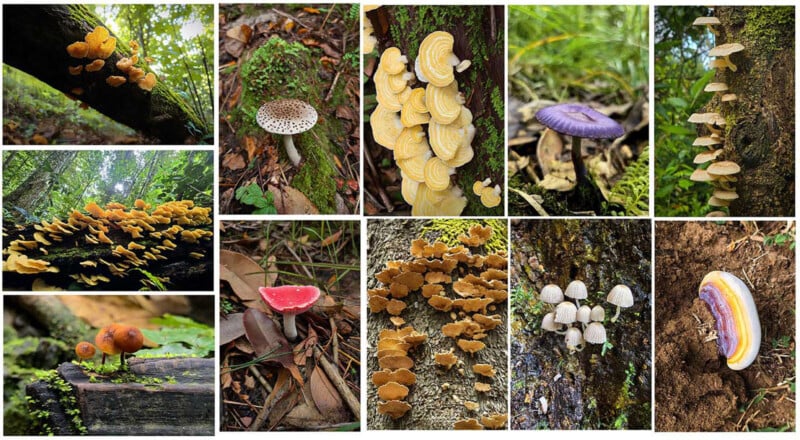
About the author: Mofeed Abu Shalwa is a scientific researcher and professional photographer from the Eastern region of Saudi Arabia. Over the past decade, he embarked on his journey into the world of macro photography, driven by a passion for minute organisms.
An award-winning photographer, Shalwa has seven international titles, the most recent being his second award from the American Photographic Society. He has won over 147 international awards, and his works have surpassed 10 million views on the famous YouPic platform. The scientist and photographer has traveled extensively in his search to uncover the hidden worlds of insects. He is a prominent member of Buglife, the only organization in Europe dedicated to the conservation of all invertebrates. He has had numerous interviews with National Geographic, BBC, and The Sun.


